Cheonggiwa Minsok Sikdang (청기와민속식당)
17.3Km 2021-03-24
214-6, Jeonseo-ro, Andong-si, Gyeongsangbuk-do
+82-54-852-8361
It is a restaurant that sells delicious Jjimdak (steamed chicken) and seafood pancake. This Korean dishes restaurant is located in Andong-si, Gyeongsangbuk-do. The most famous menu is Andong braised chicken.
Ihwa Sikdang (이화식당)
17.3Km 2021-03-24
214-6, Jeonseo-ro, Andong-si, Gyeongsangbuk-do
+82-54-842-3456
This Andong Jjimdak restaurant is located near Hahoe Village. This Korean dishes restaurant is located in Andong-si, Gyeongsangbuk-do. The most famous menu is andong braised chicken.
Bune Sikdang (부네식당)
17.3Km 2021-03-24
214-6, Jeonseo-ro, Andong-si, Gyeongsangbuk-do
+82-54-821-2738
This is a place where you can enjoy Andong Jjimdak, the representative dish of Andong. The best menu at this restaurant is bibimbap. This Korean dishes restaurant is located in Andong-si, Gyeongsangbuk-do.
Hahoe Minsok Sikdang (하회민속식당)
17.3Km 2021-03-24
214-6, Jeonseo-ro, Andong-si, Gyeongsangbuk-do
+82-54-853-0521
This is a place where you can enjoy Andong steamed chicken and grilled mackerel, the representative foods of Andong. This Korean dishes restaurant is located in Andong-si, Gyeongsangbuk-do. The most famous menu is Andong braised chicken.
Pungsongjae (풍송재)
17.4Km 2024-12-13
53-4 , Hanongmaeul 1-gil, Andong-si, Gyeongsangbuk-do
+82-10-2389-1054
Pungsongjae is a Hanok stay made from high-quality Korean red pines from Bonghwa located in Andong, Gyeongsangbuk-do. While retaining the traditional elegance of Hanok, each room is equipped with a bathroom for added convenience. As soon as you enter the gate, you are greeted by a wide-open grassy lawn, and the numaru (balcony-style raised veranda), Punsongjae's central space, offers a panoramic view of the pine grove beyond the antique Hanok building and wall. There are three rooms, Sarangbang, Songsil, and Pungsil, in which cooking is allowed. Nearby tourist attractions include Hahoe Village and Byeongsan Seowon.
Dosanseowon Confucian Academy [UNESCO World Heritage] (도산서원 [유네스코 세계유산])
17.6Km 2024-12-05
154 Dosanseowon-gil, Andong-si, Gyeongsangbuk-do
+82-54-856-1073
In terms of architecture, Dosanseowon Confucian Academy complex can largely be divided into Dosanseodang compound and Dosanseowon compound. Dosanseodang area consists of living quarters and lecture halls where Toegye Yi Hwang, an eminent Confucian scholar, lived and taught his students. Dosanseowon was built after Toegye Yi Hwang passed away by his followers' to honor the legacy of his teachings as well as to pay respects to the deceased.
Built in 1561, Dosanseodang lecture hall is the oldest building in the whole complex. It was personally designed by Yi Hwang, penname Toegye, to further his studies while educating future scholars after moving to the countryside. Living quarters used as a student dormitory were also built along with the lecture hall.
Dosanseowon compound was completed in 1576, six years after Yi Hwang's death. Yi Hwang's ancestral tablet was enshrined inside Sangdeoksa Shrine in 1572. Two years later, Jeongyodang Lecture Hall was built to relocate the tablet and with the addition of buildings to the hall's east and west, the area became a seowon. In 1575, the establishment was bestowed a royal charter and a plaque with the name Dosanseowon written by Han Seok-bong, and became the Confucian academy headquarters in the Yeongnam region.
◎ Travel information to meet Hallyu’s charm - variety show"I Am Solo"
This is where participants were dressed in hanbok and matched with a partner based solely on the color of their clothes, regardless of their will. Each time they were matched, viewers felt excitement and tension as if they were being matched themselves. Follow the hiking trails around the academy to see notable monuments like a massive willow tree, and Sisadan Stele.
Mansodang [Korea Quality]만소당[한국관광 품질인증]
17.8Km 2023-10-30
6-9, Hanongmaeul 1-gil, Andong-si, Gyeongsangbuk-do
+82-10-2879-7077
Mansodang is a newly built hanok stay in Andong, Gyeongsangbuk-do, that retains the style and beauty of a hanok while adding the conveniences of a modern house. The hanok’s inner walls are finished with red clay, the outer walls with white clay, and the floors with Jeonju hanji and natural lacquer, applied by lacquer master artisan Kim Yong-gyeom; it’s said that Mansodang is his masterpiece. Visitors will find a healthful rest here.
Uiseong Gounsa Temple (고운사 (의성))
17.8Km 2019-11-26
415, Gounsa-gil, Uiseong-gun, Gyeongsangbuk-do
+82-54-833-2324
Gounsa Temple lies on Deungunsan Mountain in Uiseong, Gyeongsangbuk-do, and was built by Monk Uisang in 681 during the reign of King Sinmun of the Silla Kingdom. Although the pronunciation of the name was never changed, its meaning slightly changed from “High Cloud Temple” to “Solitary Cloud Temple” after Choi Chi-won, a renowned scholar in the late Silla Period, helped to build two pavilions (Gaunru and Uhwaru) and renamed it. It is Branch Temple No.16 of the Korean Buddhist order, Jogyejong, and manages temples in Uiseong, Andong, Yeongju, Bonghwa, and Yeongyang.
Befitting its meaning, the temple is surrounded by outstanding scenery on Deungunsan Mountain, meaning “Riding on the Clouds.” Quite isolated from villages, the temple is a very quiet, serene place.
Gounsa Temple is home to one of the most cherished pieces of architecture, Gaunru Pavilion (“Floating over the Clouds”). This elegant pavilion is propped up by wooden columns, which are, in turn, supported by foundation stones. It looks as if the pavilion placed its feet in the water while standing.
Among the many buildings comprising the temple complex, Yeonsujeon Hall is a unique building that was built to store Eocheop (the genealogical record of royal families) in 1774 (20th year of King Yeongjo). As a royal building, it shows the Confucian architectural style, different from other Buddhist buildings within the temple.
Hahoe Byeolsingut Tallori (Mask Dance Drama of Hahoe) (하회별신굿탈놀이 상설공연)
17.9Km 2025-09-15
3-15, Hahoejongga-gil, Andong-si, Gyeongsangbuk-do
Oryuheon House (오류헌)
18.0Km 2024-12-19
18-15 , Gireumaje-gil, Andong-si, Gyeongsangbuk-do
+82-54-822-2704
Oryuheon, near Lake Imha in Andong, Gyeongsangbuk-do, is a 400-year-old Joseon period house and a national folk cultural asset. The delicate window and screen muntins and parquet floors in the sarangchae (men’s quarters) and daemunchae (gate house) exemplify the magnificence of yangban houses of the 1600s. The guestroom is in an annex building and consists of a large sleeping room, a daecheongmaru living room, and a bathroom/toilet. Cooking is not allowed, but a free Korean breakfast is provided, and barbecues can also be arranged. Nearby are Imhaho Water Leisure Camp, Manhyujeong Pavilion, and Hahoe Village.
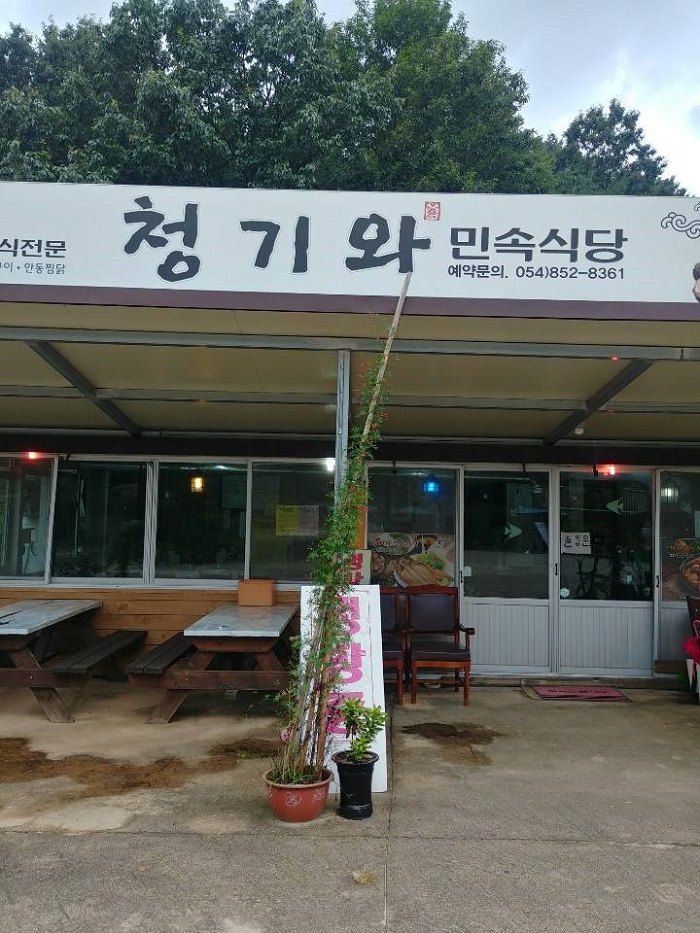
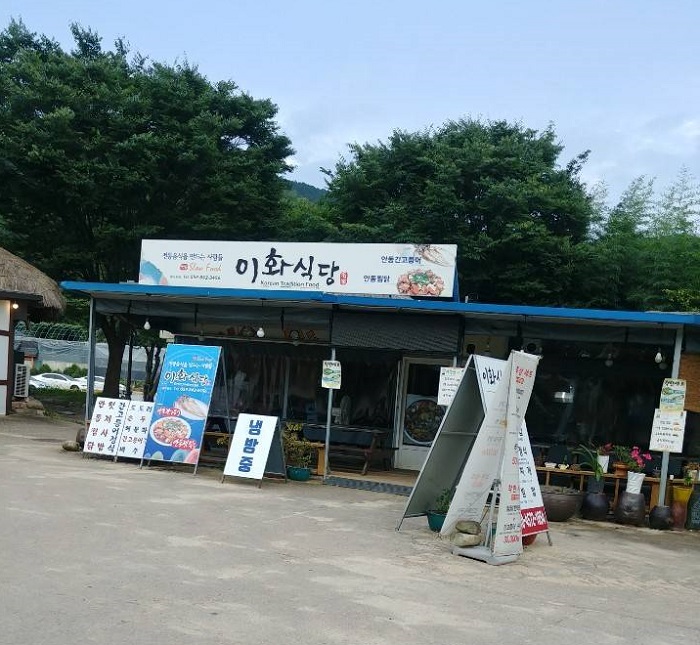
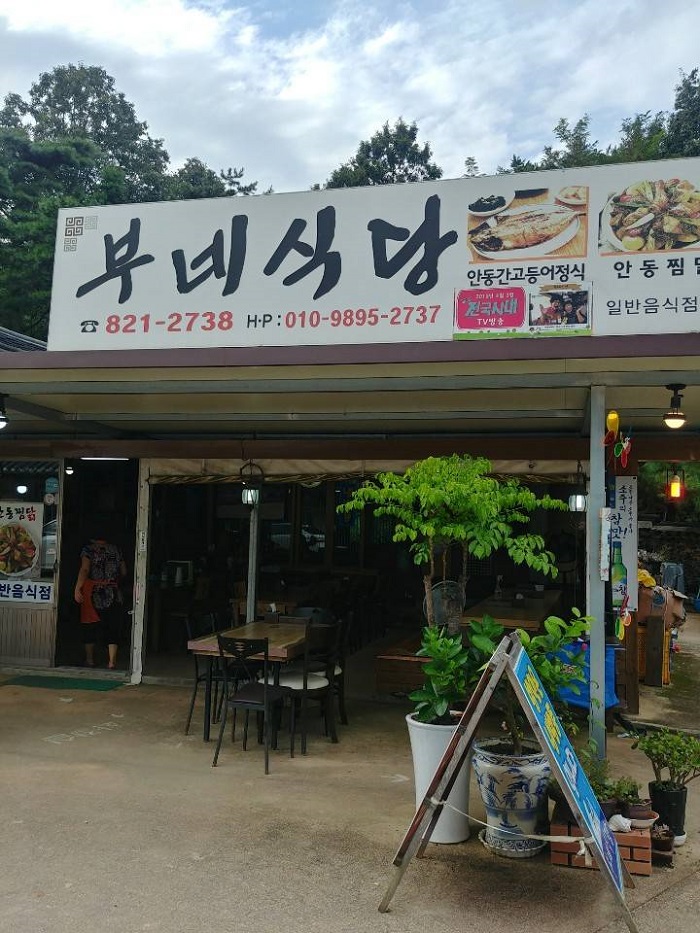
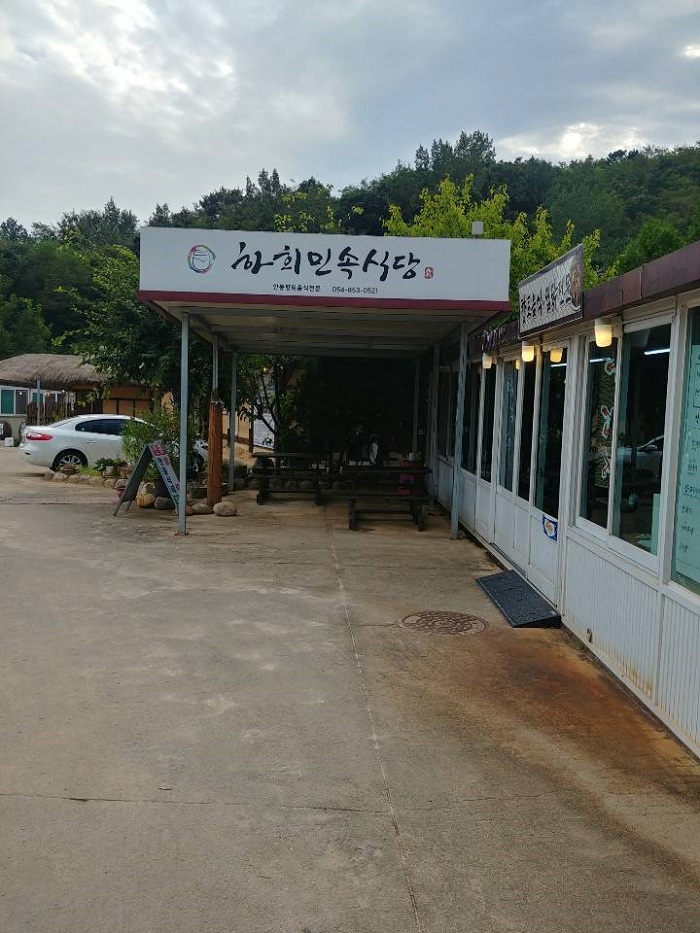
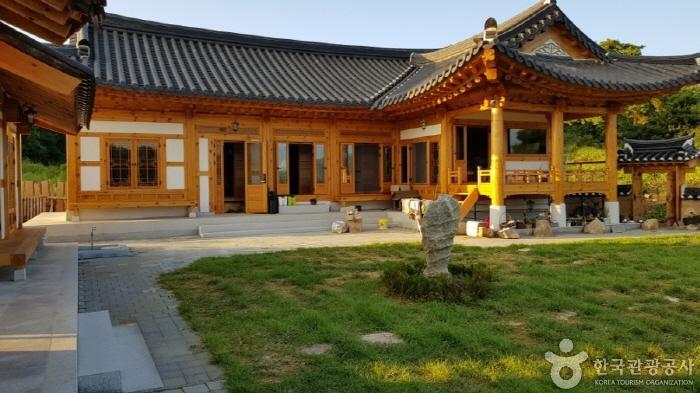
![Dosanseowon Confucian Academy [UNESCO World Heritage] (도산서원 [유네스코 세계유산])](http://tong.visitkorea.or.kr/cms/resource/24/3437624_image2_1.png)
![Mansodang [Korea Quality]만소당[한국관광 품질인증]](http://tong.visitkorea.or.kr/cms/resource/32/3022032_image2_1.jpg)
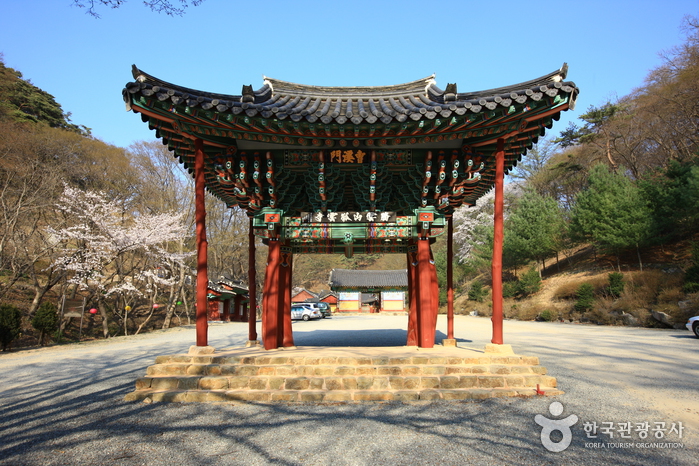

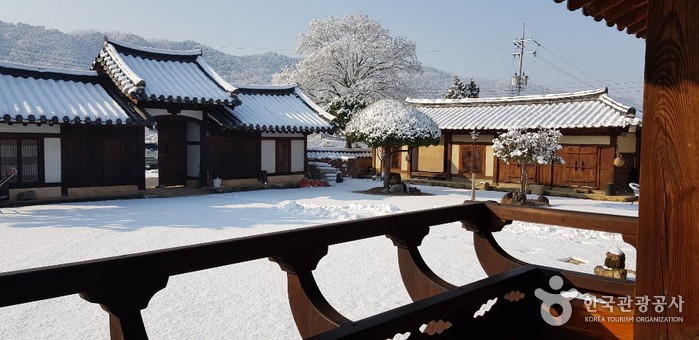
 English
English
 한국어
한국어 日本語
日本語 中文(简体)
中文(简体) Deutsch
Deutsch Français
Français Español
Español Русский
Русский